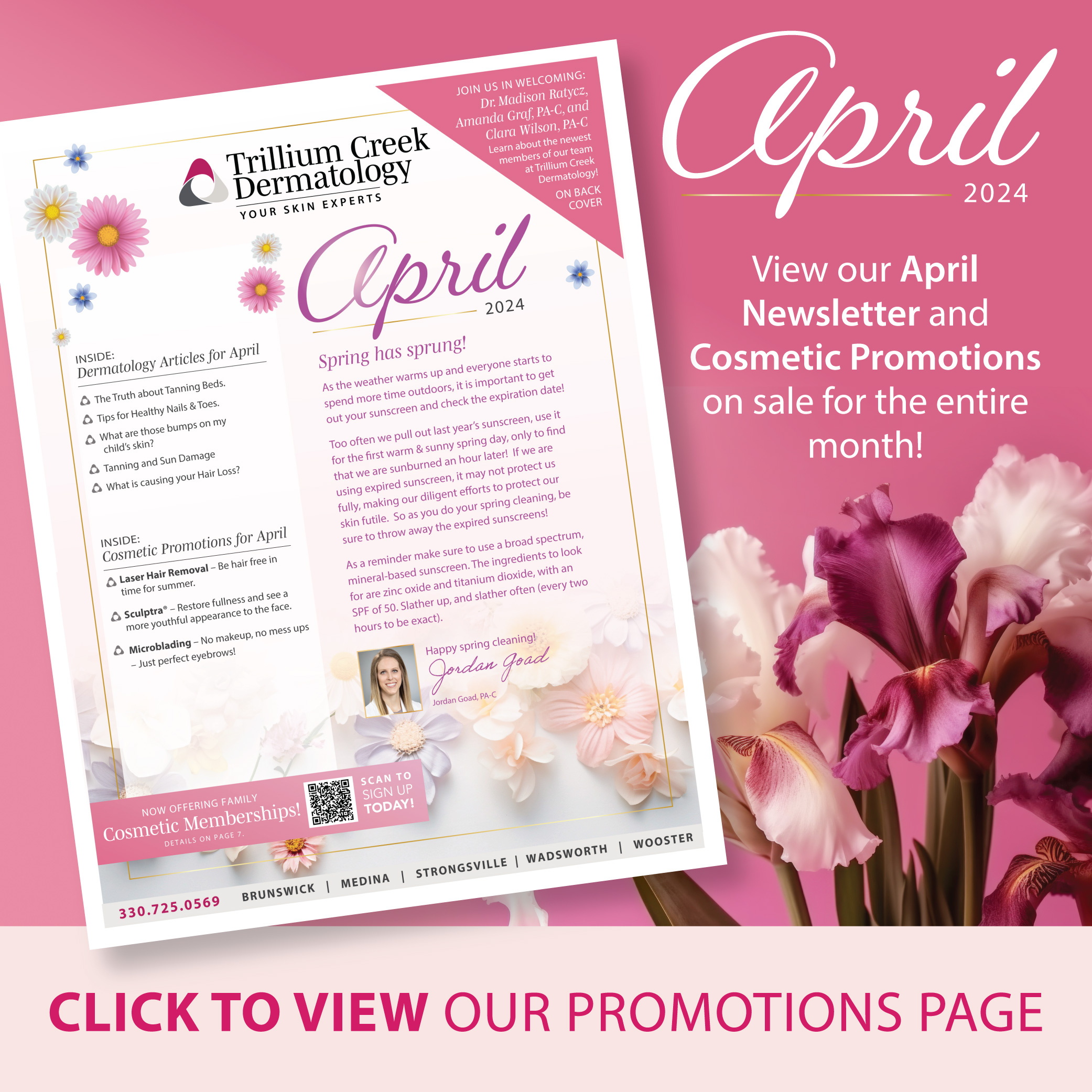Quick Links
- What is Photodynamic Therapy?
- What is Actinic Keratosis?
- How does PDT work to treat Actinic Keratosis?
- ALA/PDT Treatment
- What to Expect
- After Your PDT Treatment
- ALA is used in conjunction with light therapy to treat the following conditions:
- ALA Results
- BLU-U / Blue Light Overview
- How do I prepare for PDT?
- On the Day of Your PDT
- Red Light/Blue Light Treatment Option:
- Outdoor Treatment Option
- Additional Acne Treatments:
What is Photodynamic Therapy?

Photodynamic therapy (PDT) is a treatment that uses special drugs, called photosensitizers, along with light to kill abnormal cells in the body. The drugs only work after they have been activated or “turned on” by certain kinds of light or indirect sunlight.
PDT is often used to treat actinic keratosis. The treatment involves applying a drug topically (directly onto the skin). It is an effective, non-invasive treatment, and a safe alternative to surgery.
What is Actinic Keratosis?
AKs are actinic keratoses and are often called “sun spot.” They are rough-textured, dry scaly patches on the skin that are caused by excessive exposure to ultraviolet light (UV) such as sunlight. More than 10 million Americans have AKs.
- AKs occur most often on the face, scalp, ears, neck, hands and arms
- They can range in color from skin toned to reddish brown
- They can be as small as a pinhead or larger than a quarter
How does PDT work to treat Actinic Keratosis?
The PDT is done at Trillium Creek by a provider and nurse with special training. The process has 4 parts:
- First, the face is washed prior to applying the Levulan® Kerastick® (aminolevulinic acid / “ALA”) Topical Solution by a Trillium Creek provider. Any keratotic lesions that are present will be curetted.
- Next, the skin will be gently microneedled to prepare the skin for the ALA.
- You will then need to wait for 20 minutes in the clinic. This is called the incubation period.
- After 20 minutes, your lesions are exposed to a special red light nad/or blue light, or you are placed outside in indirect sunlight. A reaction occurs in the AK cells, and they are destroyed.
ALA/PDT Treatment
How do I prepare for PDT?
Please do not schedule your procedure:
- Within 1 month of important social or family events
- If you will need to travel within 48 hours before or after your PDT
Tell your Trillium Creek provider:
- About all medicines, supplements, and natural or herbal remedies you take. Some medicines can increase your photosensitivity (sensitivity to light).
For 48 hours after your PDT, you must stay indoors and avoid direct sunlight. Even small amounts of sunlight can reactivate the medicine and cause a severe sunburn. Make plans to stay out of the sun for 2 full days after your PDT.
On the Day of Your PDT
Do not wear makeup or apply any medicines or ointments to the skin that will be treated.
Bring clothing to cover the treatment areas after your PDT. Thick, cotton clothing with long sleeves or long pants are best. If we are treating your:
- Face: bring a wide brim hat, scarf and sunglasses
- Arms or Hands: bring a long sleeved shirt and gloves
- Scalp: bring a hat
Plan to spend 1+ hours at Trillium Creek on the day of your PDT. We suggest you bring:
- A book or electronic device so you have something to do during the incubation time
- A snack or bottle of water, as you cannot leave the clinic during this time
What to Expect
- In the clinic, we will ask you to wash the area that will be treated.
- After you have washed, the treatment area will be curetted if need be and microneedled gently to prepare the skin for the Levulan Kerastick (aminolevulinic acid / “ALA”).
- We will then apply the solution to your skin in the treatment exam room.
- Next, you will wait 20 minutes for the incubation time. After 2 hours, we will either escort you to our Red Light, or outdoors for your indirect sunlight period.
Red Light/Blue Light Treatment Option:
- We will ask you to wear special goggles to protect your eyes. We will then position you in front of a special red light and/or blue light.
- The light will be turned on for 10 minutes, or 1 cycle. This is called the illumination phase. You will sit through 2 cycles or red light treatment, or 20 minutes total.
- You will then gently wash the treatment area to remove any leftover Levulan treatment.
Outdoor Treatment Option
- We will have you step outside to indirect sunlight and sit for 1 hours 30 minutes. Preferably after 2pm, but direct sun on a cloudy day is fine.
- You will then gently wash the treatment area to remove any leftover Levulan.
Before you leave the clinic, we will apply a sunblock to the area. You will also need to put on your protective clothing before you leave. Your Trillium Creek Provider will help you determine the correct PDT treatment process for your concern area.
After Your PDT Treatment
- You must stay indoors and away from windows for 48 hours after the procedure. Prolonged sun exposure must be avoided for 4 weeks. A total sunblock of 60 or higher should be applied. Any sun exposure may cause complications such as blistering, swelling and pain.
- When treating the face, neck or chest, please continue to wear thick cotton clothing that will cover the treated areas. Wear the clothing for at least 48 hours after the treatment.
- Thin, gauzy clothing will cause excess sun exposure which will cause a stronger reaction with painful blistering, swelling and scabbing.
- Wash the treated area gently each day with a gentle cleanser after the treatment. Avoid picking any scabs or crusts.
- Apply a thin layer of Vaseline on your skin at night for 1 week.
- Cool soaks with water may help to ease temporary discomfort. Re-apply Vaseline after each soak. No more than 2 cool soaks per day.
- Makeup may be applied if the skin is not tender or sore.
ALA is used in conjunction with light therapy to treat the following conditions:
- Acne
- Acne Scarring
- Fine Lines / Wrinkles
- Brown Spots
- Photoaging
- Pre-Cancers
- Skin Cancers
ALA Results
Studies reveal that with ALA, the effects of light treatment for acne can last anywhere from 1 to 3 years for teenagers and a lifetime for adults.
- Pre-cancers are erased, thus decreasing the chances of skin cancers.
- Skin cancers are reduced by 50%.
BLU-U / Blue Light Overview
Blu-U® (Blue Invisible Light Spectrum) utilizes blue light wavelengths to kill the bacteria in your skin that is responsible for acne. Non-invasive and pain-free, patients generally undergo treatment 2 times a week for up to 6 weeks.
Blu-U® combats acne in three ways: it inactivates bacteria, shuts down sebaceous glands, and unclogs pores by exfoliating the skin. An additional benefit is to smooth the appearance of acne scarring.
Additional Acne Treatments:
- ALA/PDT
- Isolaz
- Chemical Peels
- Red Light
- Skin Needling



